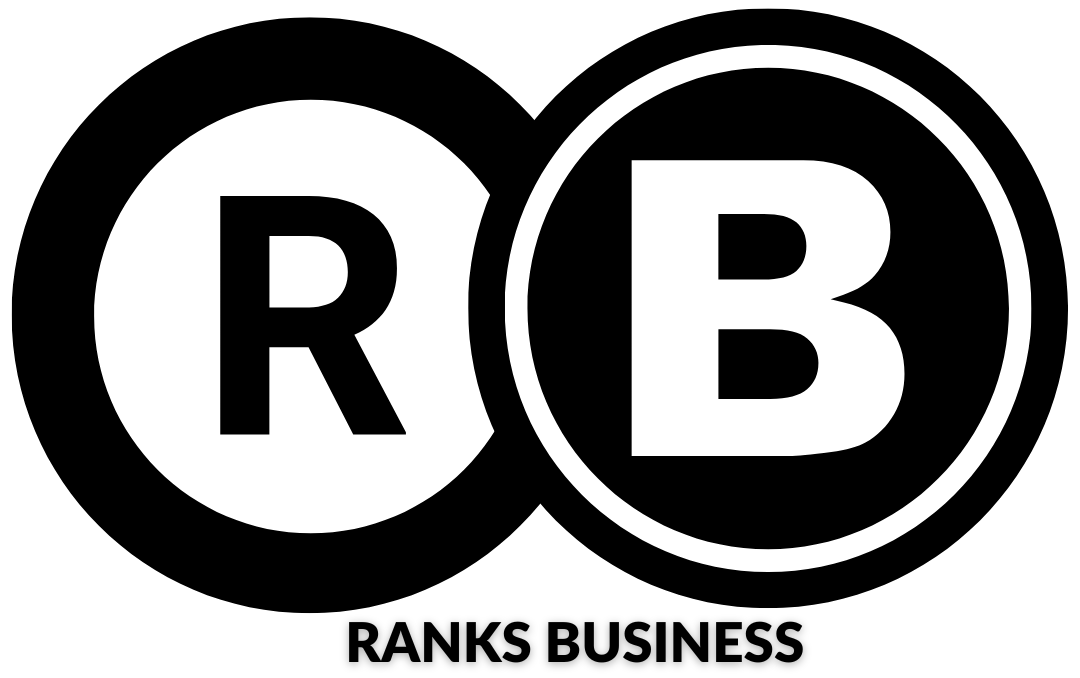Nigeria’s misery index has soared by 11.9 percentage points to 73.05,
The misery index is a measure of economic distress felt by everyday people, due to the risk of (or actual) joblessness combined with an increasing cost of living. The misery index is calculated by adding the seasonally adjusted unemployment rate to the inflation rate.
The misery index of a nation is a yardstick of economic distress. It was created by the economist, Arthur Okun.
Professor Steve Hanke of Johns Hopkins University further improved the model for measuring the misery index by defining it as a total summation of the inflation rate, unemployment rate, and interest rate and subtracting percentage change in real GDP per capita (year-on-year).
Since unemployment and inflation are both considered detrimental to one’s economic well-being, their combined value is useful as an indicator of overall economic health. The higher the index, the greater the misery felt by average citizens.
With an inflation rate of 15.92 per cent, an 11.5 per cent interest rate, an employment rate of 33.3 per cent, and a 3.6 per cent GDP growth (2021), Nigeria began 2022 with a misery index of 61.15 per cent.
However, multiple increases in the Monetary Policy Rate, (the latest of which took it up to 17.5 per cent in January 2023), have played a contributory role in causing a significant spike in Nigeria’s misery index.
Another factor that has been responsible for this spike is increased inflationary pressure. According to the National Bureau of Statistics, Nigeria’s inflation soared to 21.82 per cent in January 2023 as the country struggled to grapple with persistent fuel and naira crises.
January’s inflation rate was 0.48 percentage points higher than the 21.34 per cent that was recorded in December 2022, after inflation slowed down for the first time in eleven months.
The last factor that influenced the current misery index was the change in real GDP. According to data culled from Macrotrends, Nigeria’s GDP per capita currently stands at $2,066, with an annual growth rate of -0.43 per cent.
Based on Hanke’s model, Nigeria’s misery index now stands at 73.05, indicating an increase of 11.9 points.
Last year, Hanke who publishes a yearly misery index comprising 156 countries said Nigerians were more miserable in 2021 than they were in 2020.
According to the John Hopkins University economist, who analysed 156 countries by calculating their unemployment rates, inflation, prevailing lending rates and GDP growths, Nigeria went from 15th among the most miserable countries in the world’s ranking in 2020 to 11th in 2021.
The figures showed that Nigeria was the fourth most miserable country in Africa, only behind Sudan, Zimbabwe and Angola.
According to the report, the five least miserable countries were Brunei, Switzerland, China, Taiwan, and Japan. The United States ranked 95th, making it the 14th least miserable nation of the 108 countries on the table.
Speaking with The PUNCH, the Chief Executive Officer of the Centre for the Promotion of Private Enterprise, Muda Yusuf cited rising inflation as a key component of the misery index that has eroded the quality of life of the average Nigerian.
He urged the government to identify the key drivers of inflation and also find viable solutions to the unemployment crisis that has pushed millions of Nigerians below the poverty line.
Yusuf said, “One major variable in the misery index is inflation. If we can tackle inflation, that will help to reduce the misery index. Inflation usually leads to a decline in purchasing power, which makes people poorer, generally. Some of us have always argued that the worst enemy of the poor is inflation. So, we need to identify the key drivers of inflation, starting from the ways and means the financing of the Central Bank, which is high-powered money.”
Last year, the World Bank in its poverty assessment report said that sluggish growth, low human capital, labour market weaknesses, and exposure to shocks are holding Nigeria’s poverty reduction back.
According to the report, which brings together the latest evidence on the profile and drivers of poverty in Nigeria, as many as 4 in 10 Nigerians live below the national poverty line.
“It is clear that much needs to be done to help lift millions of Nigerians out of poverty, including boosting health and education, bolstering productive jobs, and expanding social protection,” said World Bank Country Director for Nigeria, Shubham Chaudhuri.

